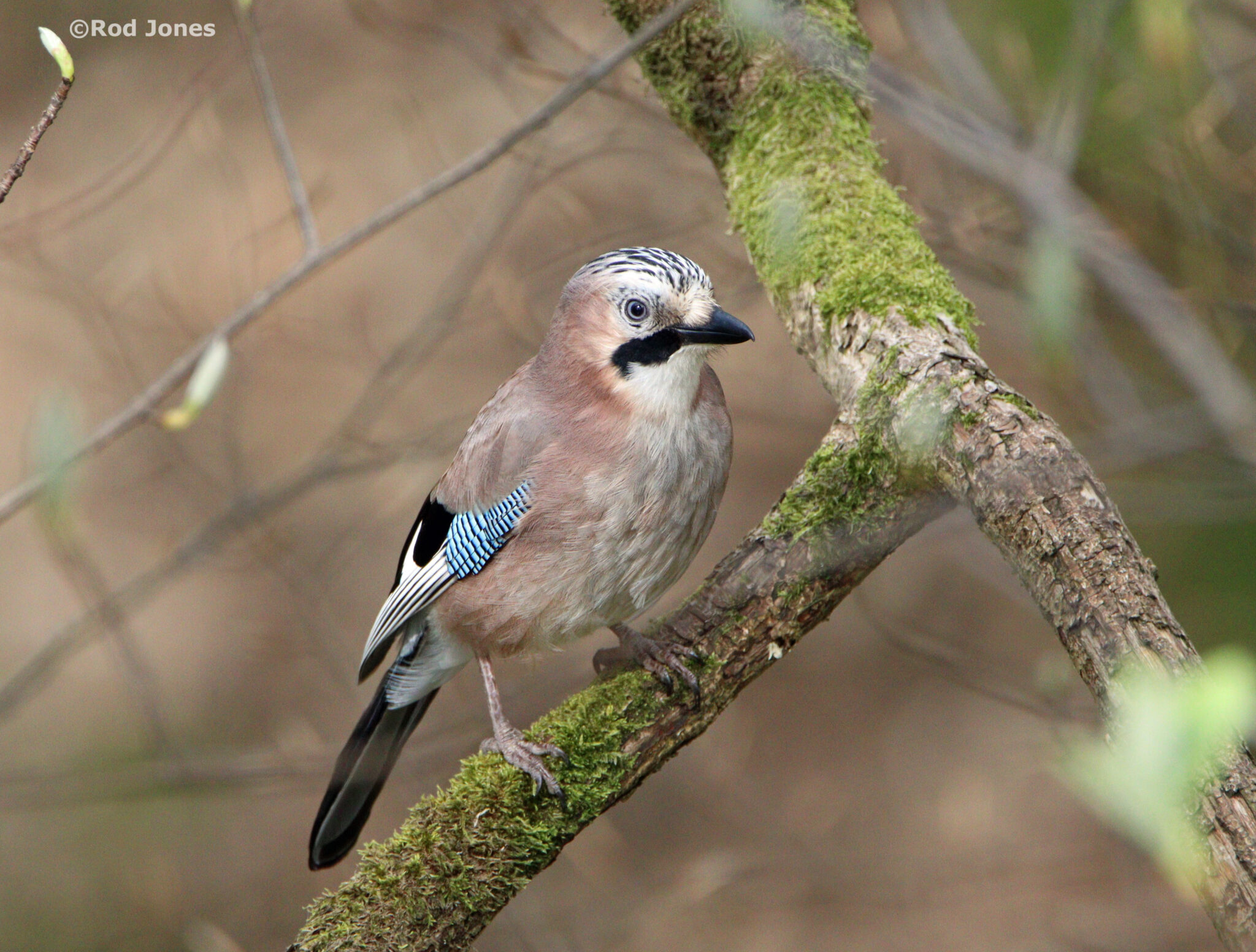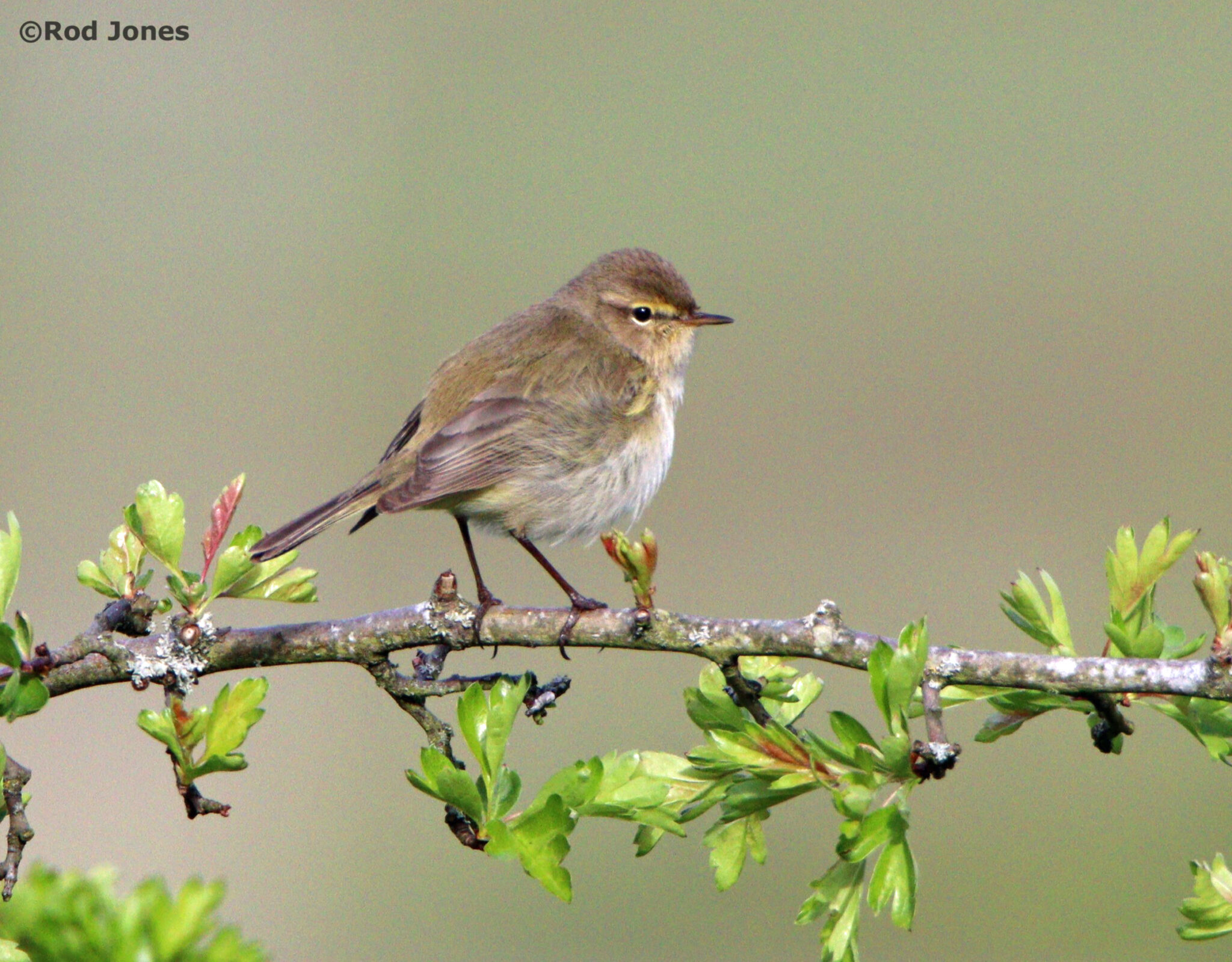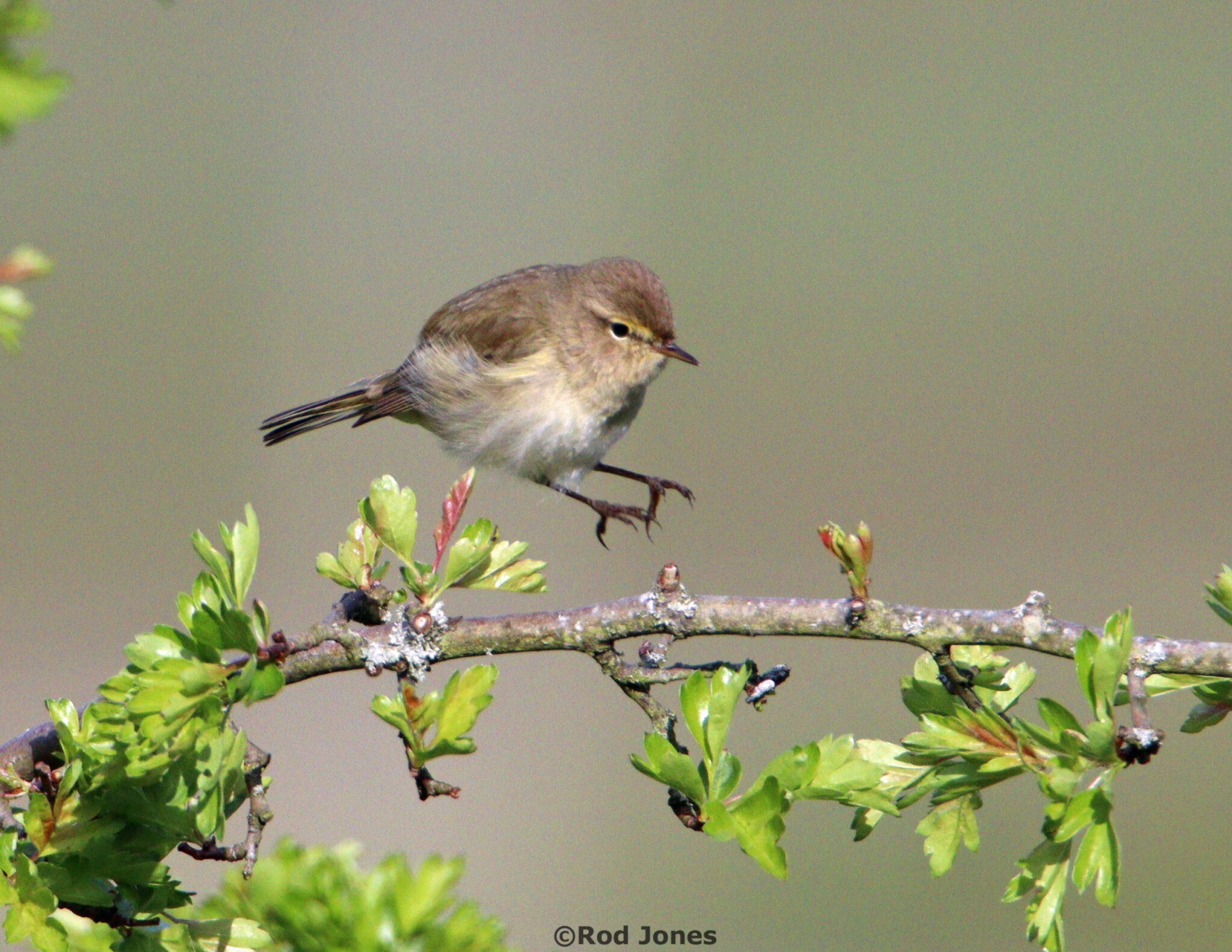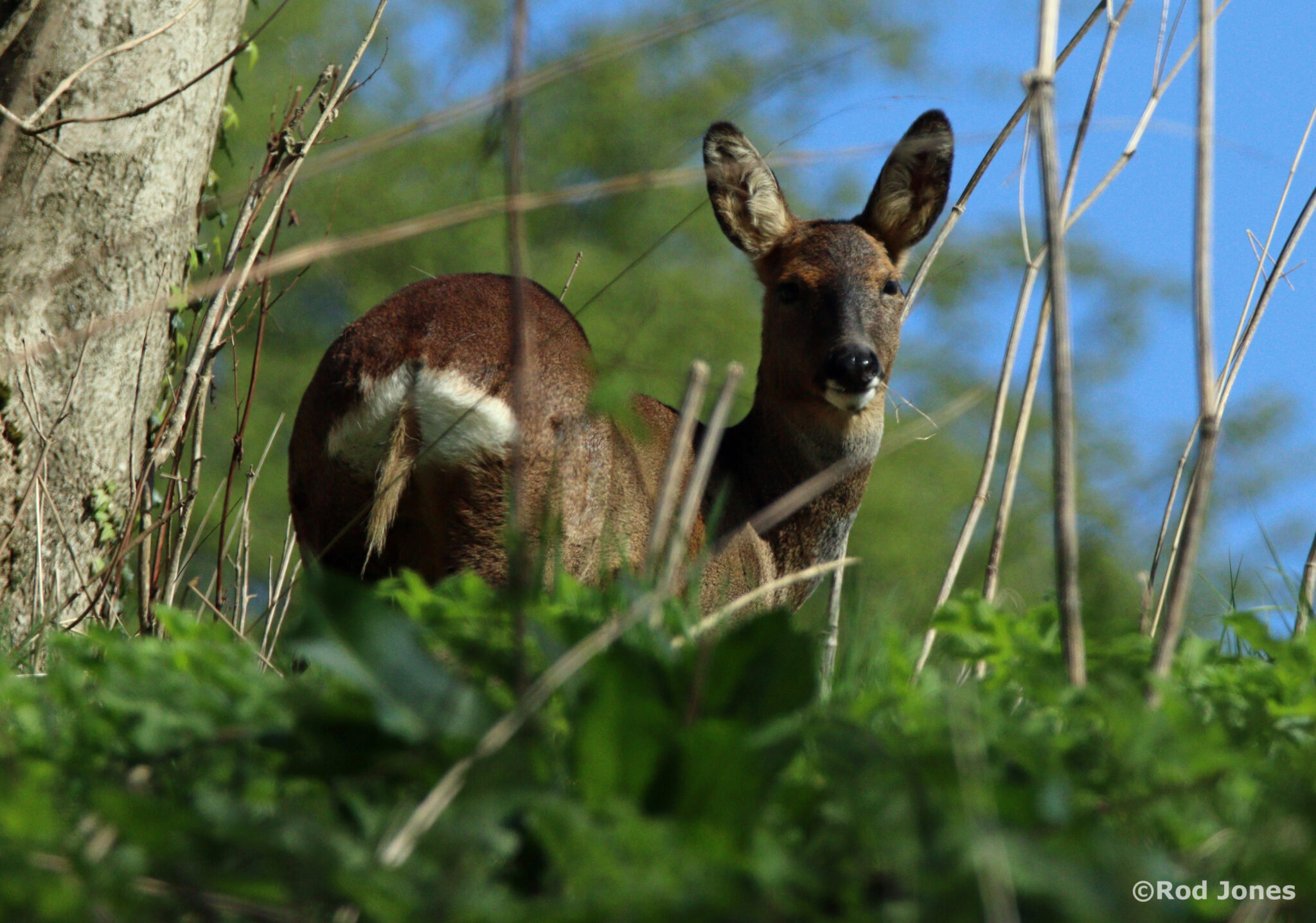If wildlife photography is a battle of wits between the photographer and the subject, then some birds seem to specialise in making you look particularly stupid.
The worst culprit in my neck of the woods? Time for the wily jay to step briefly out of the shadows and take a sneaky bow.
In theory, getting shots of these birds should be a breeze. There are plenty of them (170,000 breeding territories in the UK, according to the RSPB). By woodland bird standards, they’re pretty big. They’re also quite gaudily coloured, with a flashy white rump and a gorgeous patchwork of black and blue on the wing.
What’s more, they positively advertise their presence. Their scientific name – Garrulus glandarius – gives you a hefty clue. I rarely walk through our local woods without hearing them conversing garrulously and loudly with each other.
Seeing them is one thing – getting a half-decent image is another. They’re members of the crow family, which means they’re intelligent, resourceful and wary.
The best bet is usually to wait patiently at a woodland feeding station, like the one at Cromwell Bottom, and hope that they’ll break cover to come and raid the nuts.
If you prefer to get a “proper” wild shot, you end up spending an awful lot of time pointing your lens at a shadowy figure moving about in faraway treetops, before your subject flies off into the distance with a gloating cackle and a derisory flash of that white rump.
All of these frustrations make your occasional victories in the battle of wits so much sweeter.
The odds were stacked against me today – a sunny Sunday morning when the woods were full of dog walkers. Surely no self-respecting jay was going to venture anywhere near the footpath?
A squawk from down in the wooded ravine…a bit of hopping about in the branches of a fallen tree just out of camera range…then a neat disappearing act. It was all going perfectly according to Plan Jay.

But then this most elusive of birds actually popped up in a mossy tree fork a few metres away from me and stuck around long enough for me to fire off several shots. You could have knocked me down with a black and blue wing feather.
I’m claiming this as 1-0 to the photographer…before we return to the usual routine of avian triumphs.



